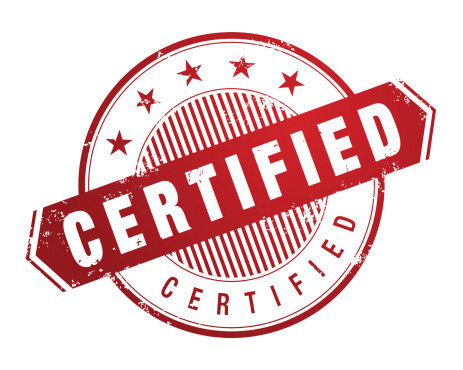Third party pallet inspectors are certified by the American Lumber Standard (ALS) to regularly inspect and regulate the production and storage of pallets. Companies such as Timber Products Inspection Company visit pallet manufacturing companies on a monthly basis to ensure that they are complying with the industry treatment standard. They are also responsible for reporting and taking disciplinary actions against non-compliant companies.
How are pallets treated to pass inspection? Pallet manufacturers have two choices when it comes to treating their pallets; they can either apply a chemical treatment of methyl bromide (MB) or they can use a kiln to do a heat treatment. Both treatments are acceptable according to the ALS as long as they are applied following the proper protocol.
Chemical pallet treatments using methyl bromide are currently being phased out in the United States due to the toxicity of the chemicals for people and the environment. However, in terms of chemical treatments, MB is the preferred fumigant for most of the quarantine authorities around the world because of its good penetrating ability, rapid action, high toxicity to a broad spectrum of insects and pests. Some pallet manufacturing companies continue to use MB treatments in the United States.
The more common and more eco-friendly method of pallet treatment is the heat treatment method (HT). HT pallets are heated in a kiln. Within the kiln a probe is inserted into the wood until the kiln reaches the prescribed temperature. Once the wood is up to temperature the kiln prints off a record verifying the treatment has occurred. After the pallets are successfully heat-treated they are stamped and stored, ready for shipment.
The third party inspection company is responsible for ensuring that the manufacturer is following industry standards. The company will regulate the general housekeeping of the business, which could be simply making sure that the manufacturer is storing the treated pallets in a designated area away from any untreated wood. The inspection companies assess three main components during their site visits:
1.) Records – the inspection company verifies that the pallet manufacturer is keeping proper records of heat treatments. They review the company’s book keeping ensuring that the company is buying heat treatment compliant materials and is properly processing the material in the kiln.
2.) Stamping – the inspection company makes sure that the company’s stamps are applied uniformly and that they are fully legible. They also verify that the number that was assigned to the company is the one being stamped on the pallets.
3.) Bark – the inspection company inspects the wood to confirm that the pallets are free of bark as per regulation.
If a company is found to not be complying with industry regulations the third party inspection company will issue a series of strict warnings. If the company continues to fail to follow the standard they will lose their stamp and will have to earn back the right to use their stamp on their products.
